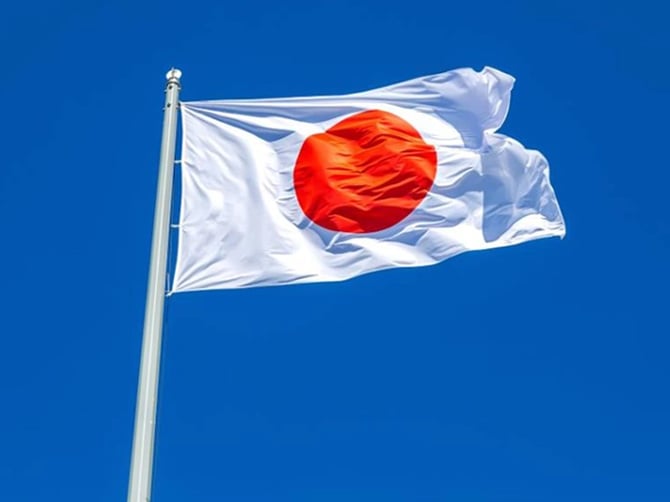Japan’s Economy Contracts as Trade Tensions Dampen Growth

Japan’s economy shrank by an annualized 0.7% in the first quarter, wiping out the 2.4% expansion recorded at the end of 2024.
The contraction, worse than expected, was driven by a 2.3% fall in exports as U.S. tariffs under the Trump administration disrupted global trade and rattled confidence in Japan’s export-heavy sectors. Real GDP dropped 0.2% quarter-on-quarter, marking the country’s first shrinkage in a year.
While capital investment rose a solid 5.8%, household consumption remained flat, highlighting ongoing concerns about domestic demand in a country grappling with demographic decline and sluggish wage growth.
The automotive sector, a key pillar of Japan’s export economy, is particularly vulnerable, with manufacturers facing higher costs and revenue risks not only from direct tariffs on Japanese exports but also from products assembled in Mexico and Canada.
With inflation creeping upwards and wages staying the same, the Bank of Japan had begun tightening policy after years of ultra-low rates. But this latest data may force a pause, as higher rates could further dampen demand at a fragile moment.
The central bank’s benchmark interest rate remains just above zero, and some analysts are now calling for fiscal intervention in the form of a reduction in Japan’s 10% consumption tax to help ease consumer strain.
What Does This Mean for Me?
Yet fiscal flexibility remains constrained. Public debt is already high, and rising social welfare costs due to Japan’s aging population continue to weigh heavily on the budget.
Japan’s economic engine is sputtering, sandwiched between external trade shocks and long-standing internal structural headwinds.
More News

India’s Inflation Dip Strengthens Case for RBI Easing

Europe Rallies as Shutdown Eases, Earnings Impress

Germany’s Trade Surplus Slides as Imports Outpace Exports

Markets Rally as US Moves Toward Ending Prolonged Shutdown

China’s Export Decline Highlights Strain in US Trade Relations
.webp)
Canada’s Budget Falls Short of Economic Breakthrough

OpenAI and Amazon Combine for AI Powerplay
